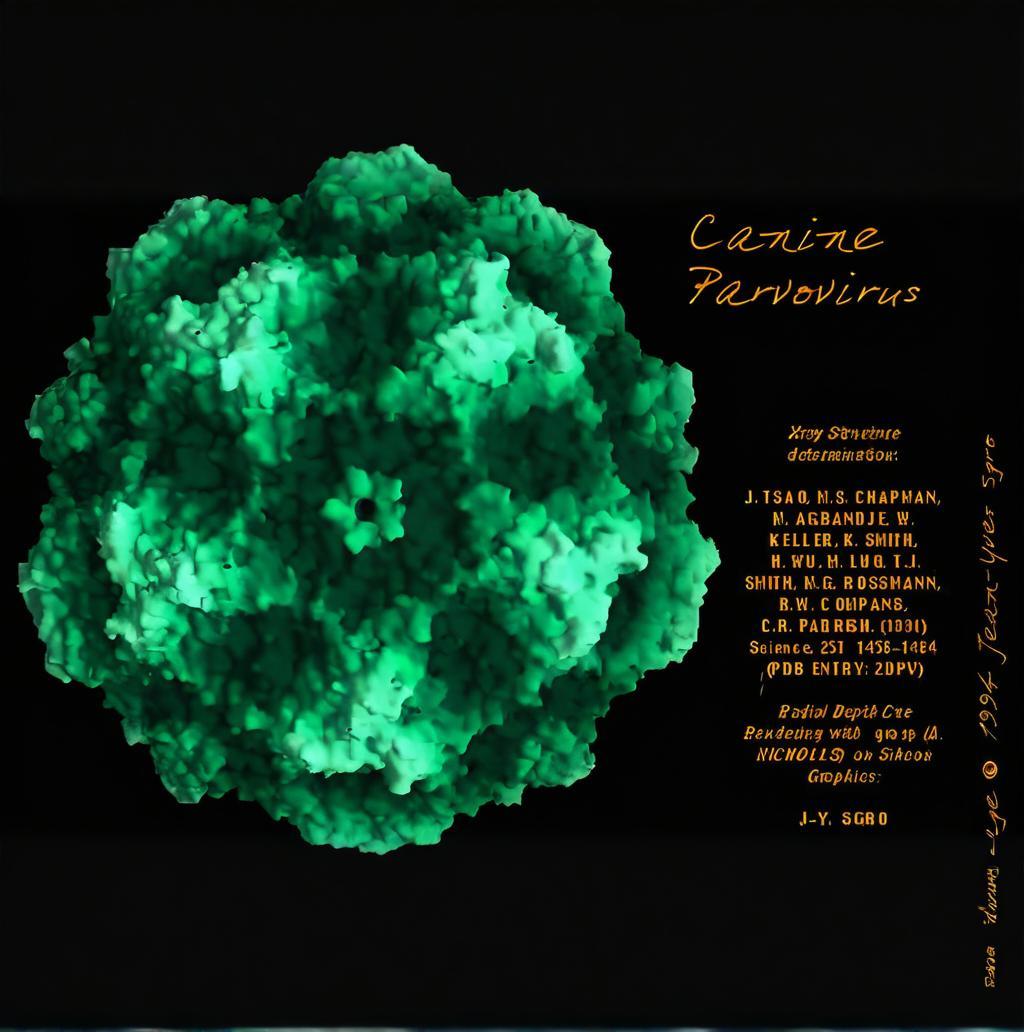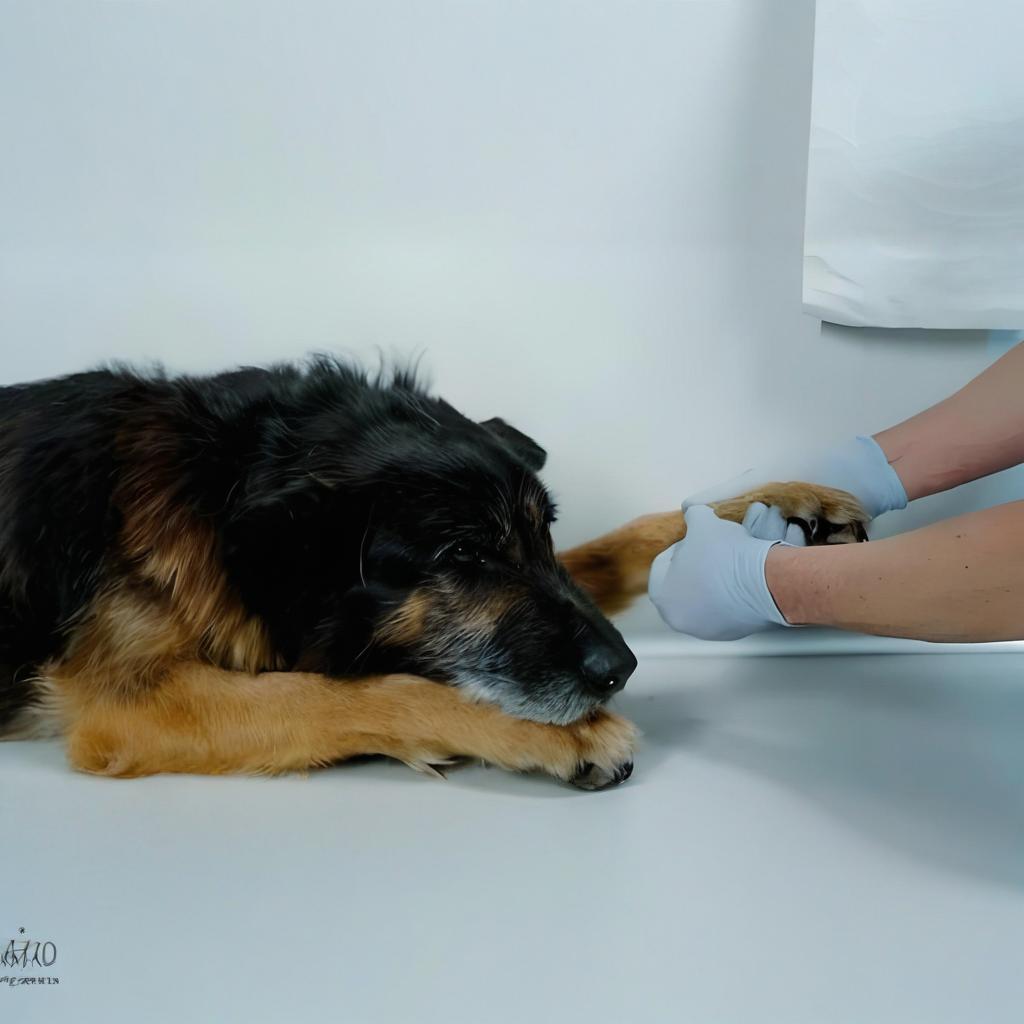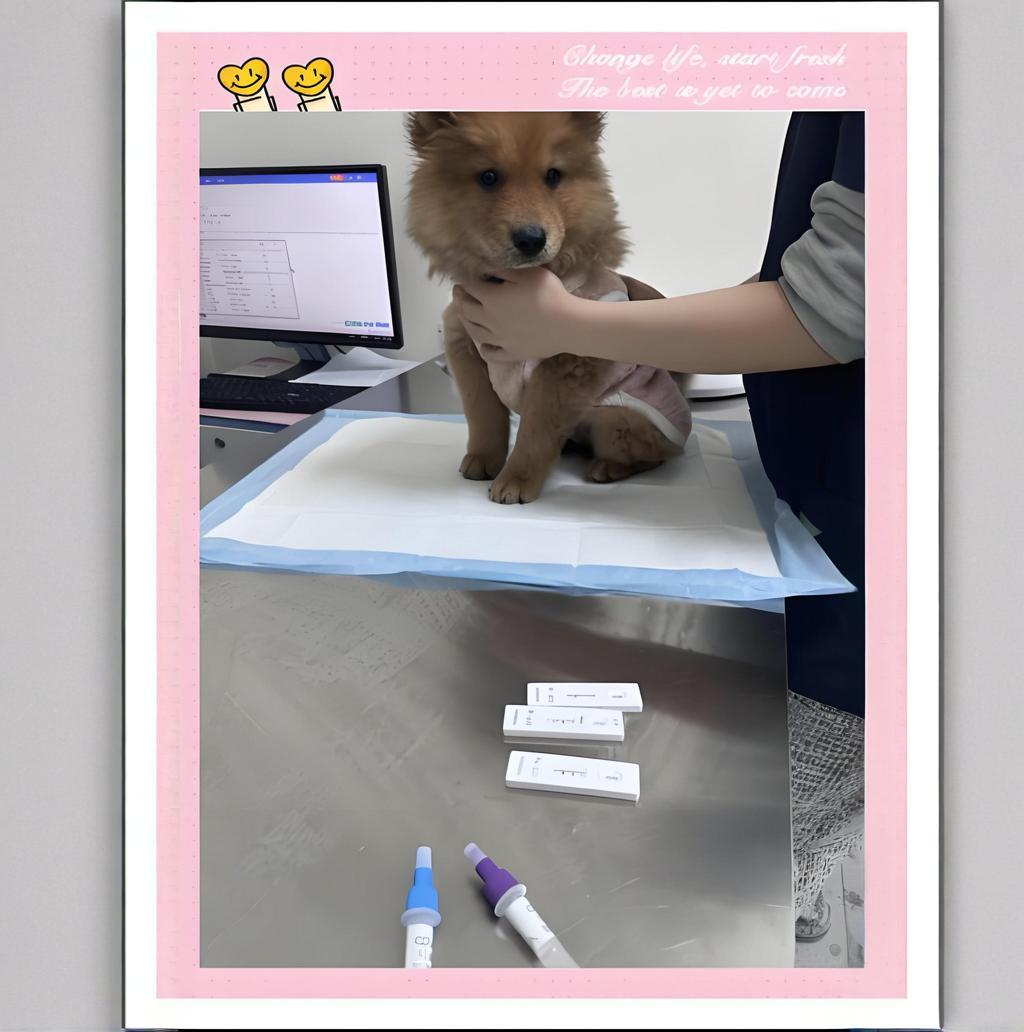Hello everyone, I am Professor Wang. Today we are going to talk about an important topic of puppy health - parvovirus. Parvovirus may be a scary word for many pet owners. But don't worry, as long as we understand it, we can better prevent and deal with it. 1. What is puppy parvovirus?
1. What is puppy parvovirus?
Canine parvovirus, medically known as canine parvovirus (CPV), is a highly contagious viral disease, especially harmful to puppies. Parvovirus mainly attacks the dog's digestive system, causing severe gastroenteritis, and may even cause myocarditis, leading to sudden death of puppies.
2. Treatment of parvovirus
The treatment of parvovirus needs to be timely and professional. Because puppies have weak resistance, once infected, the disease progresses rapidly, so early diagnosis and treatment are crucial. The treatment principles mainly include:
Infusion therapy: replenish body fluids, correct dehydration, electrolyte disorders and acid-base imbalance. This is the most critical step in parvovirus treatment.
Antiviral treatment: Use canine parvovirus monoclonal antibodies, high-immune serum and other biological agents to inhibit virus replication.
Symptomatic treatment: Antiemetic, antidiarrheal, hemostatic, use antibiotics to prevent secondary infection.
Nutritional support: Provide necessary nutrition through infusion before the dog can eat.
The treatment cycle generally takes 7-10 days. If the dog can survive the first 3-5 days of the dangerous period, the cure rate will be greatly improved. 3. Symptoms of parvovirus in puppies
3. Symptoms of parvovirus in puppies
Symptoms of parvovirus usually appear within 3-7 days after the dog is infected. The initial symptoms may not be obvious, but they will deteriorate rapidly. The main symptoms include:
Lack of energy: The dog becomes lazy and loses interest in the toys and food that he usually likes.
Loss of appetite: Start to refuse to eat, and may even become anorexic.
Vomiting and diarrhea: The initial vomit may be undigested food, which may then turn into white or yellow foam, or even contain blood. The diarrhea is yellow or green with jelly-like mucus. In severe cases, it may become watery stool or bloody stool like tomato juice, accompanied by a special fishy smell.
Dehydration: Due to frequent vomiting and diarrhea, dogs will have symptoms of dehydration, such as sunken eye sockets, decreased skin elasticity, dry mouth and tongue, etc.
Fever: The body temperature may rise to above 40℃.
If puppies have the above symptoms, especially vomiting and diarrhea, shit shovelers should be highly vigilant and take the dog to the pet hospital for examination in time.
4. Transmission of parvovirus
Parvovirus is mainly transmitted through the digestive tract, and sick dogs and dogs that are still infected after recovery are the main sources of infection. Their feces, urine, and saliva contain a large amount of viruses, which can be transmitted to other healthy dogs through direct contact or indirect contact (such as contact with objects contaminated by the virus).
5. Prevention of parvovirus
The best way to prevent parvovirus is vaccination. Puppies should receive the first dose of parvovirus vaccine at 6-8 weeks of age, and then receive one dose every 2-3 weeks, for a total of 3 doses. After adulthood, they should receive a booster shot every year. Vaccination can effectively improve the dog's resistance to parvovirus and reduce the risk of infection. In addition to vaccination, pet owners should also pay attention to the daily care and environmental hygiene of dogs:
In addition to vaccination, pet owners should also pay attention to the daily care and environmental hygiene of dogs:
Deworm the dog regularly to prevent parasites from affecting the dog's health.
Avoid taking the dog to places where dogs gather to reduce the chance of contact with the virus.
Keep the dog's living environment clean and hygienic, and disinfect it regularly, especially the objects and play areas that the dog often touches.
VI. Warm reminder
Although parvovirus is terrible, as long as we understand it and take preventive and countermeasures, we can greatly reduce the risk of infection in dogs. If the dog is unfortunately infected with parvovirus, don't panic. Take the dog to the pet hospital in time and treat it under the guidance of a professional doctor. Many dogs can overcome the disease and regain health.
As pet owners, we must always pay attention to the health of dogs and give them enough care and care. I hope every pet owner can live healthily and happily with their furry children!
Categories: pets
